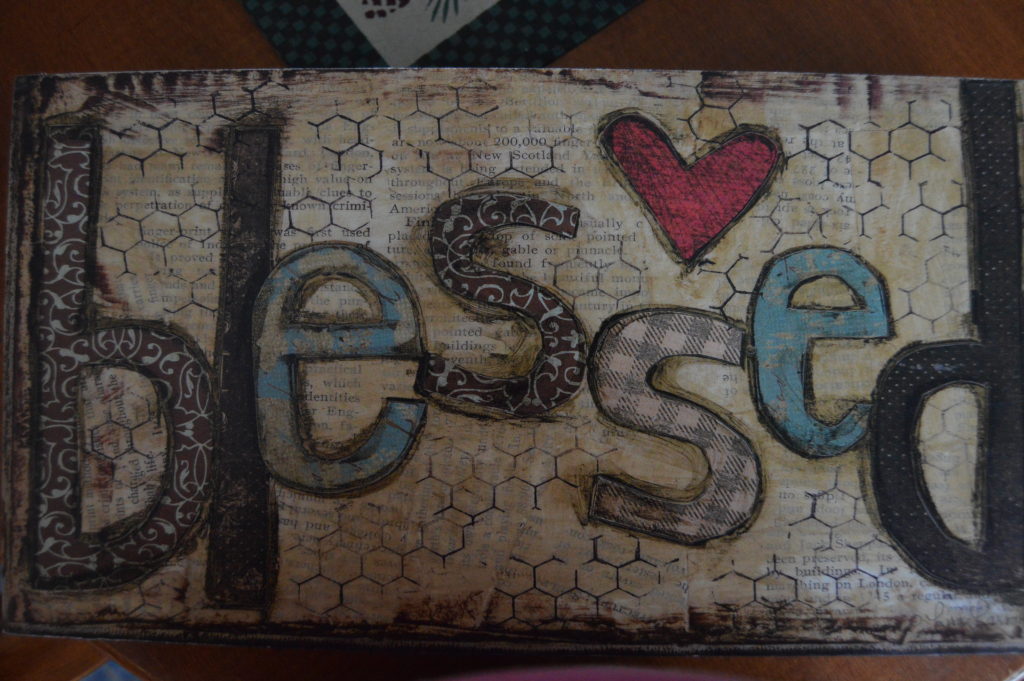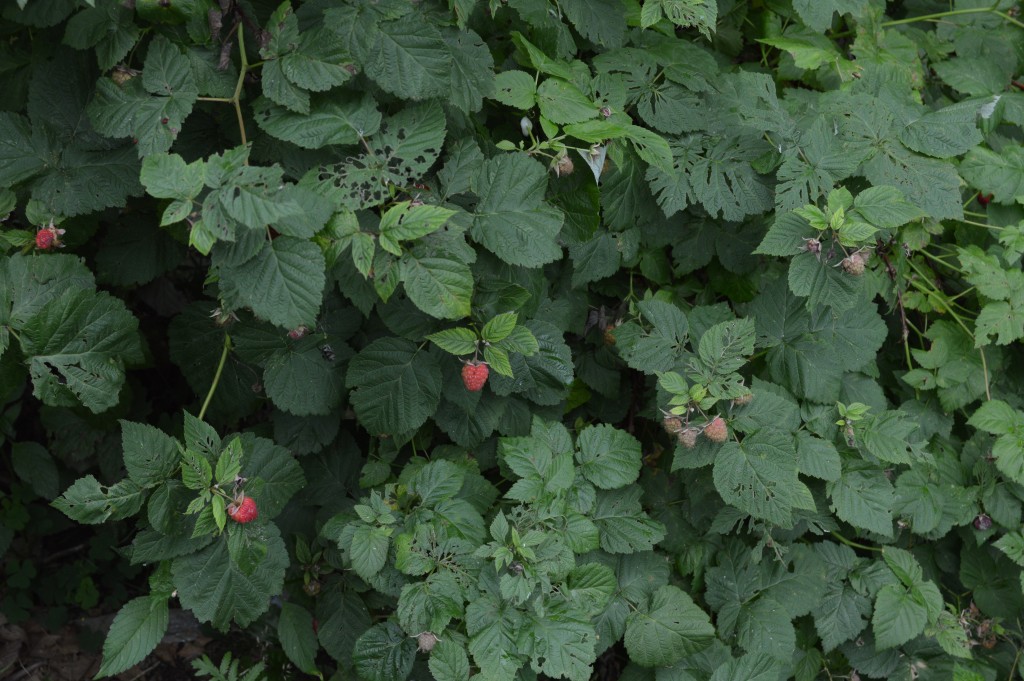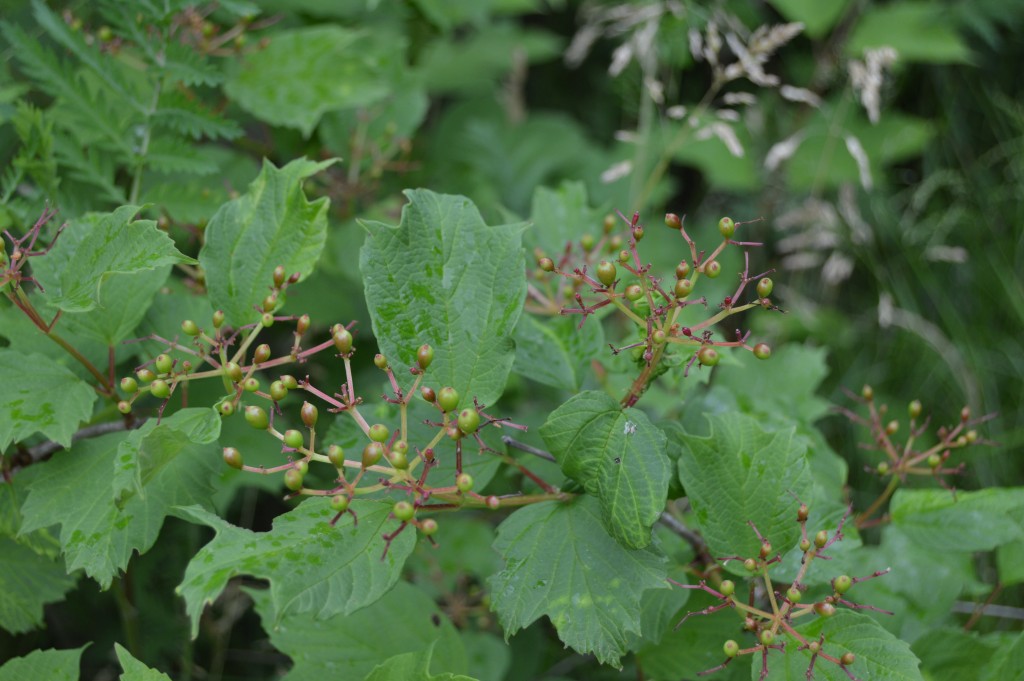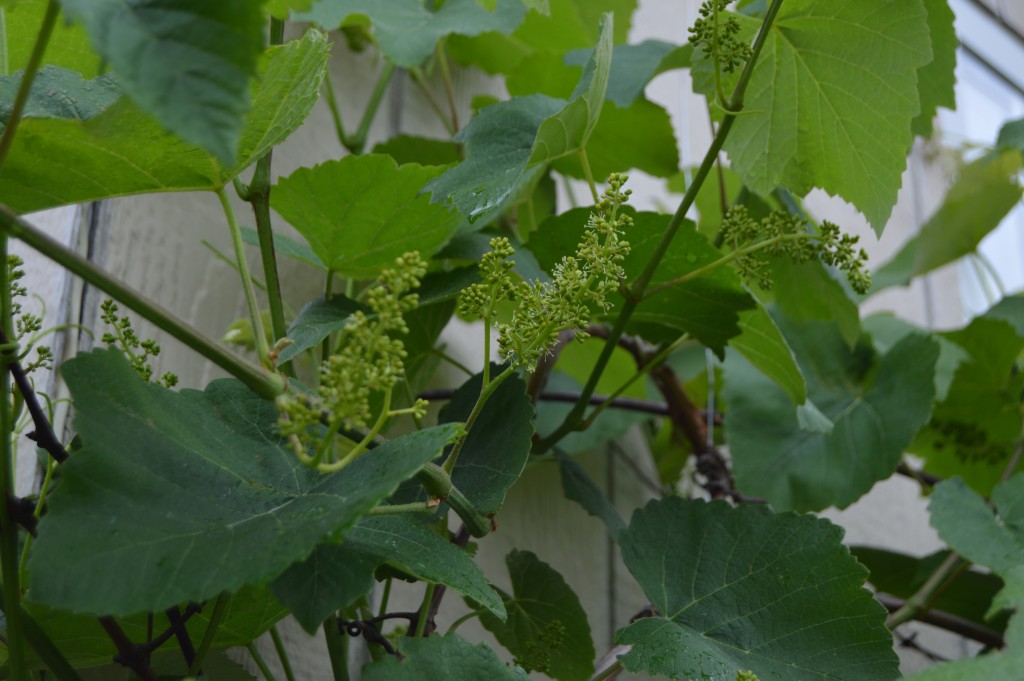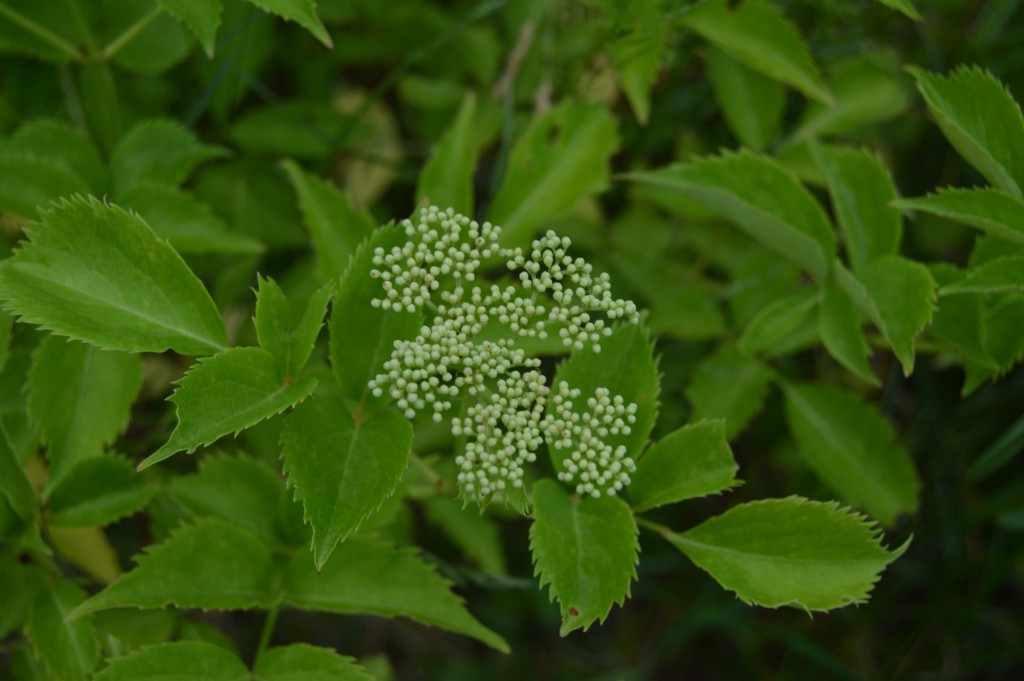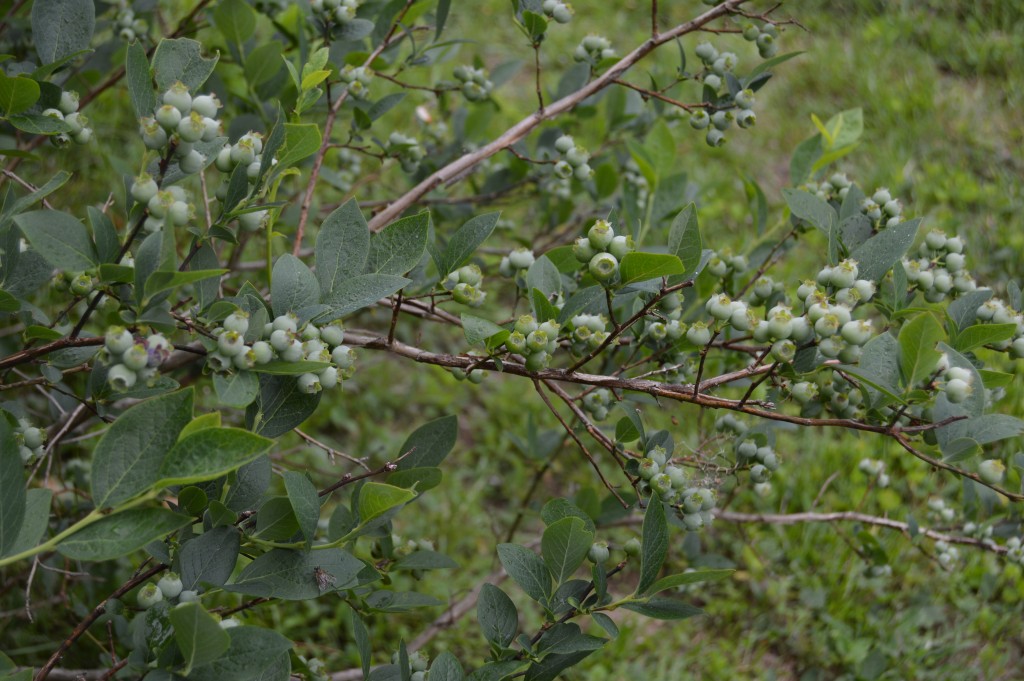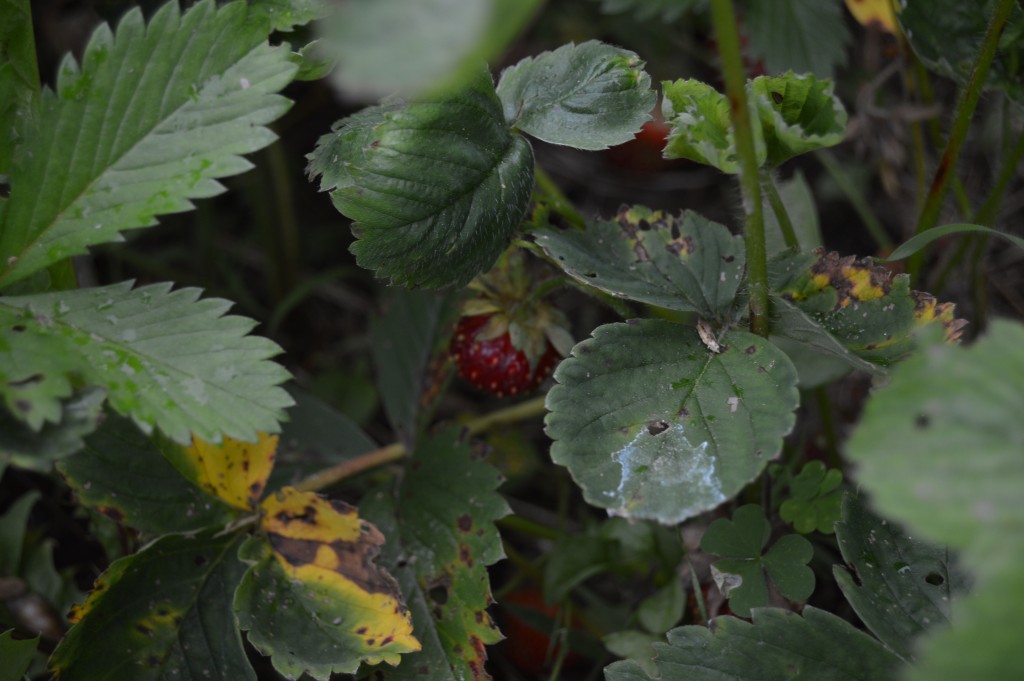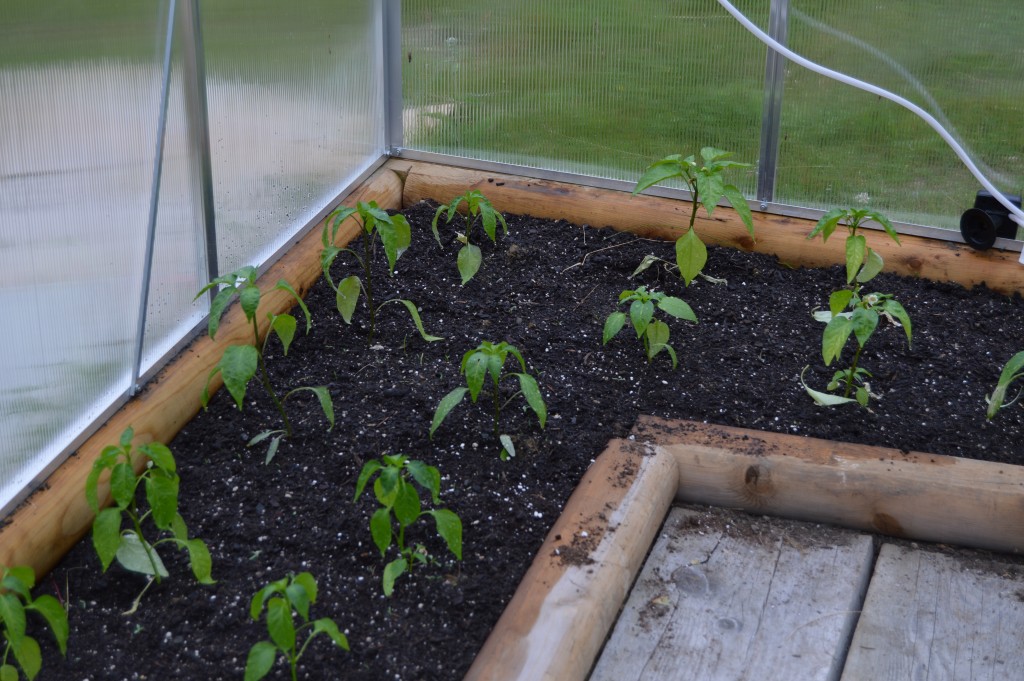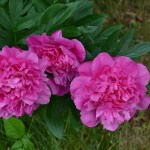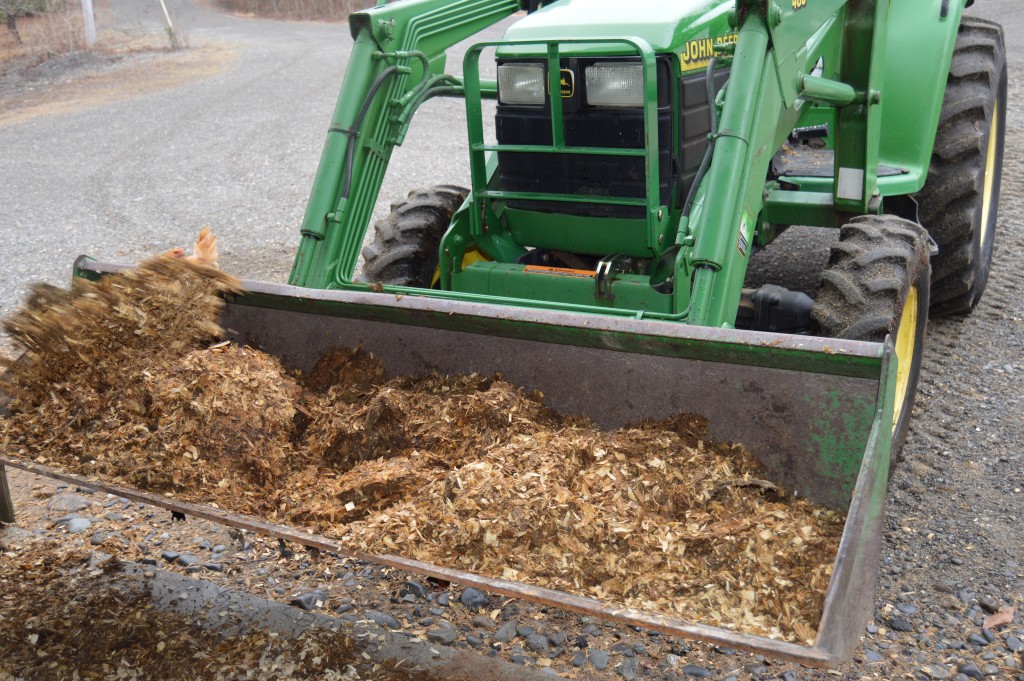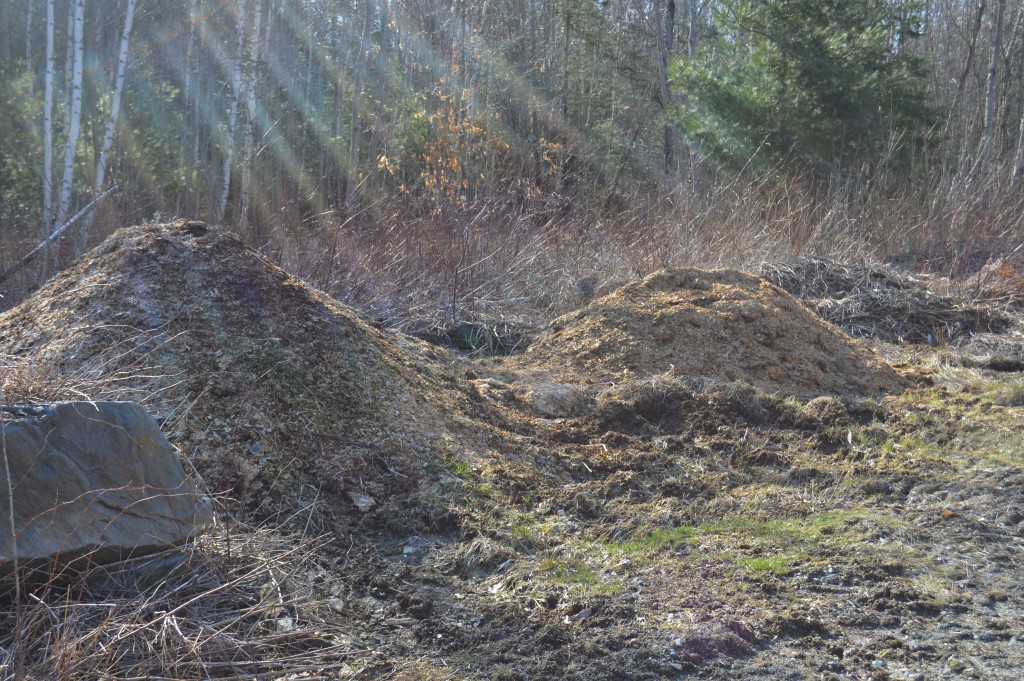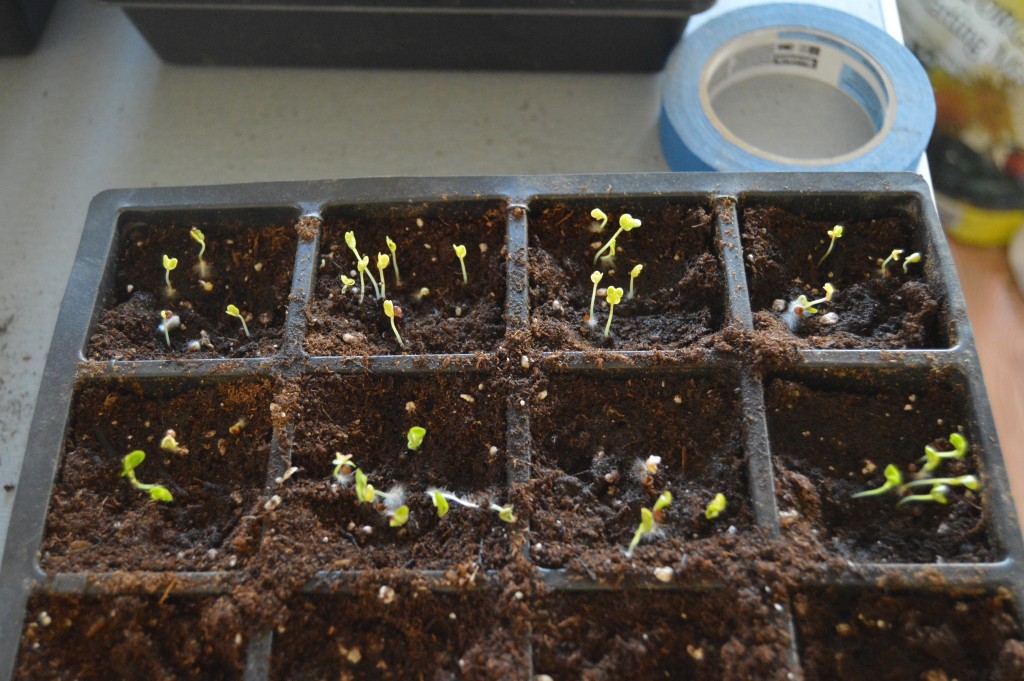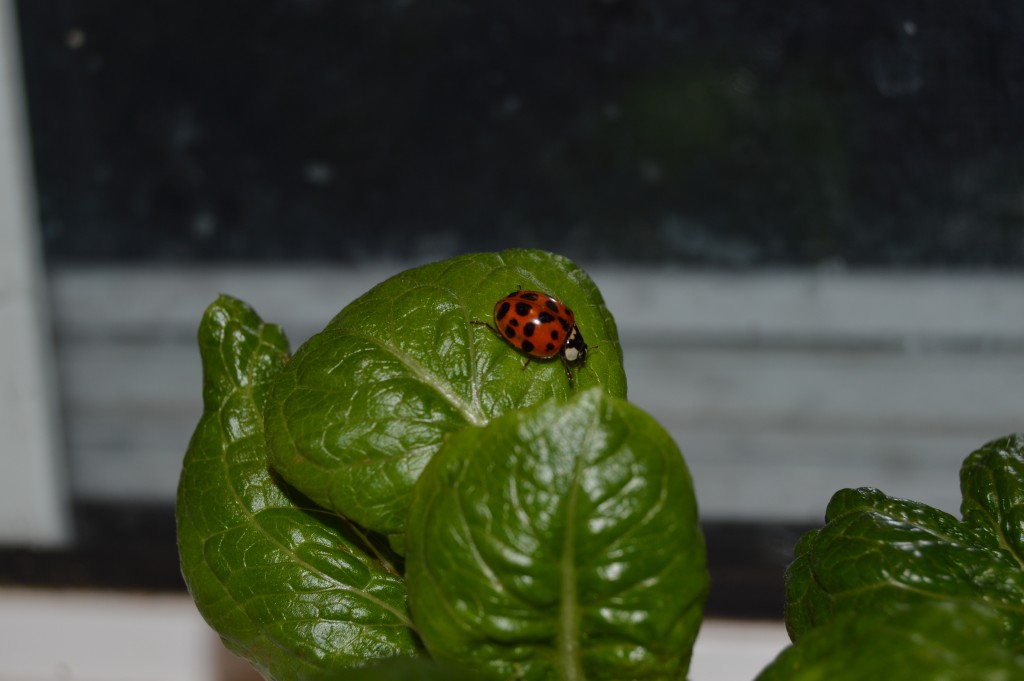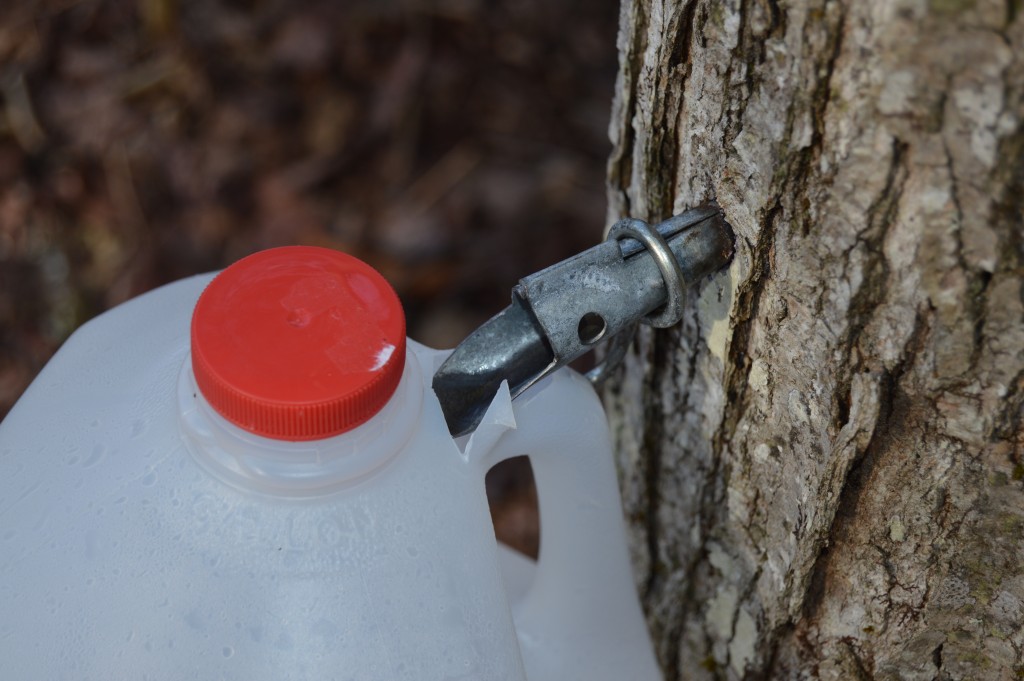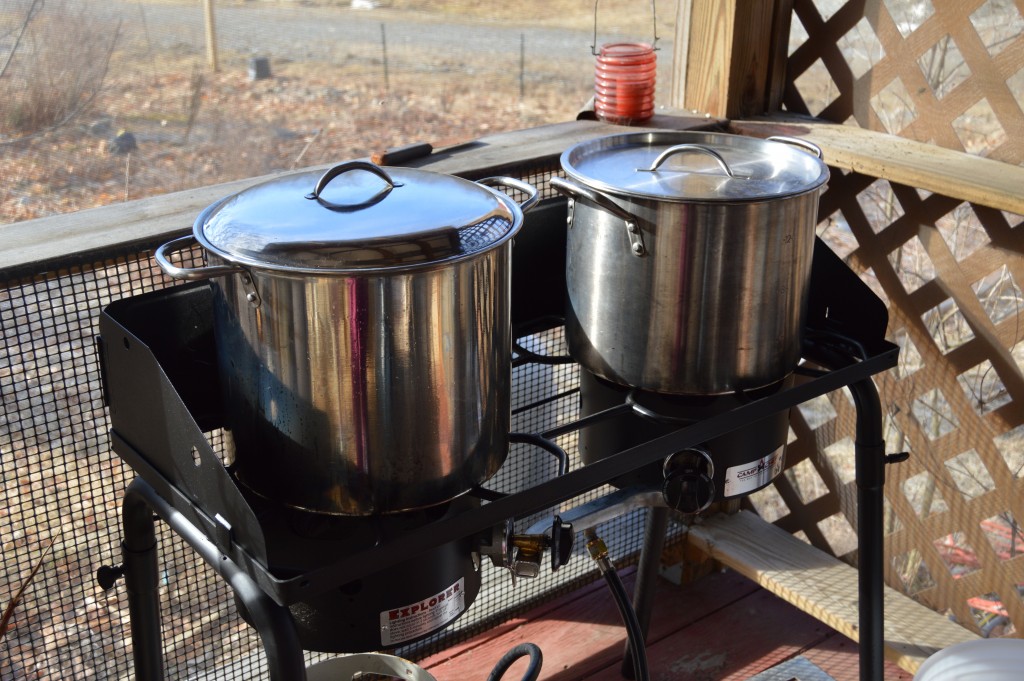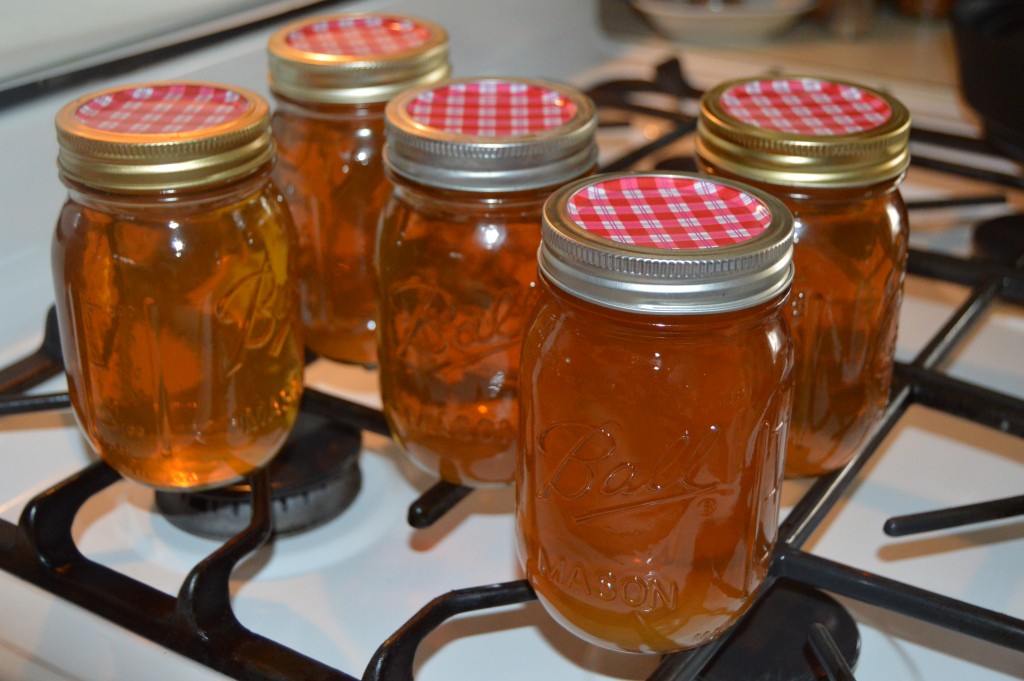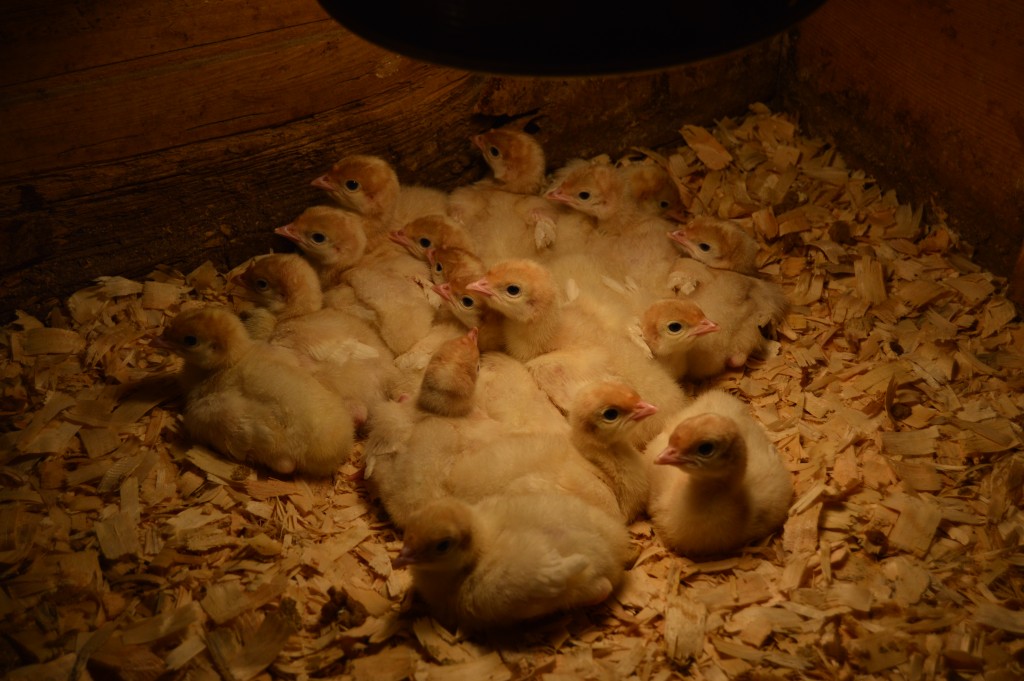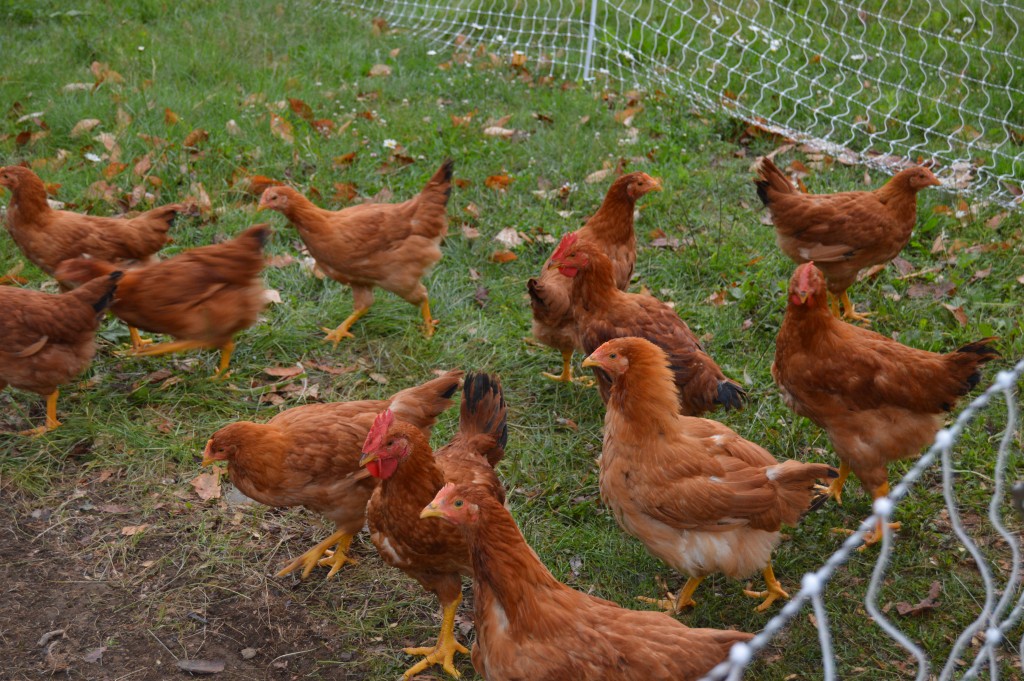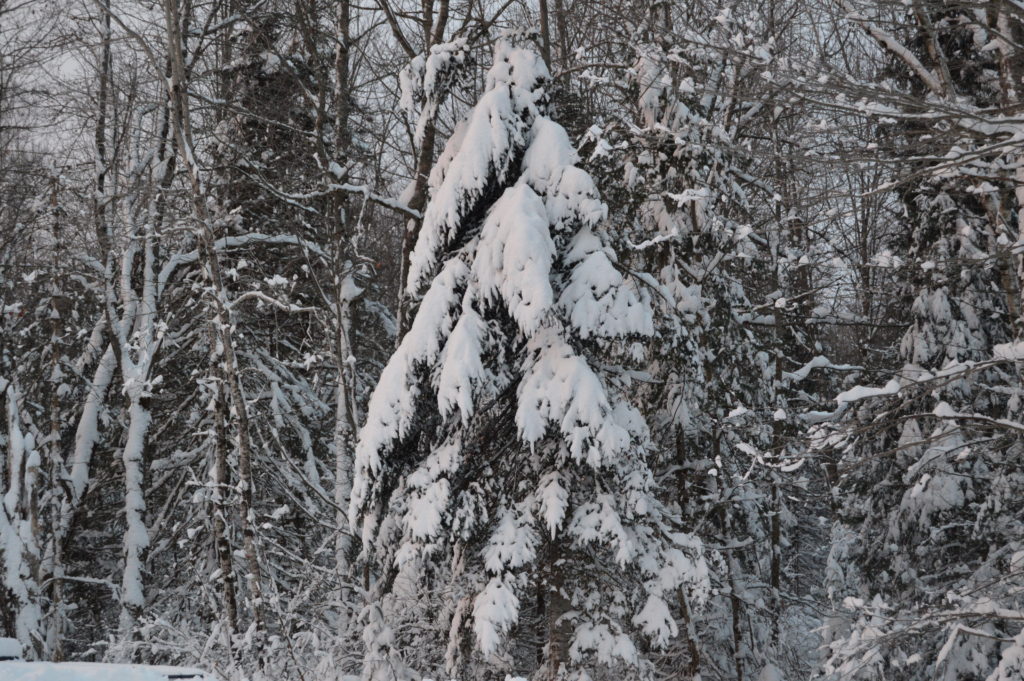
I'm sitting here with a cup of Chai Tea and it looks like we had another dusting of snow last night. We have had several snow storms followed by rain followed by sleet and then snow again. It has made for a icy driveway but after a couple of warm days things are improving. Let's just say that the grippers (for those not in snow/ice country they are spikes that you put on your shoes) are staying on for awhile. The last thing I want to do is end up falling on my way to the barn.
There have been several little projects that have been completed over the last couple of months.
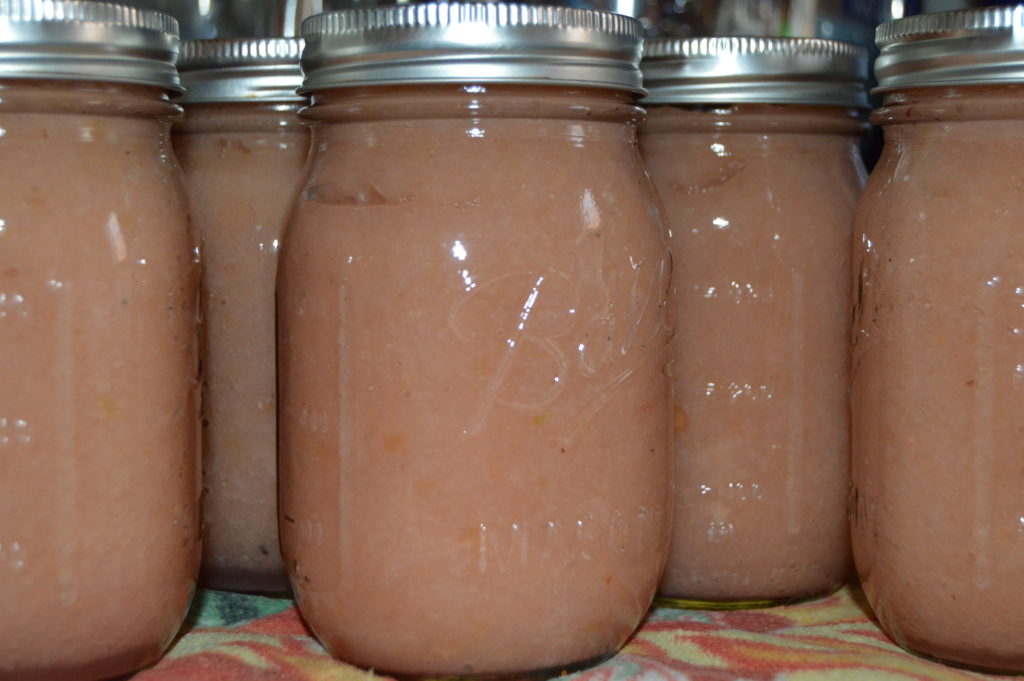
My sweet husband and I have a tradition of going to the apple orchard late in the fall. We wait until there has been at least one frost because the apples seem to be better then. We have several apple trees planted here on the homestead but they are not producing fruit yet so we give a local grower our business. We eat many of the apples fresh and I make a pie or two and of course apple crisp but canning applesauce to have the rest of the year is the biggest thing. There is nothing like some of our home raised pork with applesauce for dinner on a cold winter evening.
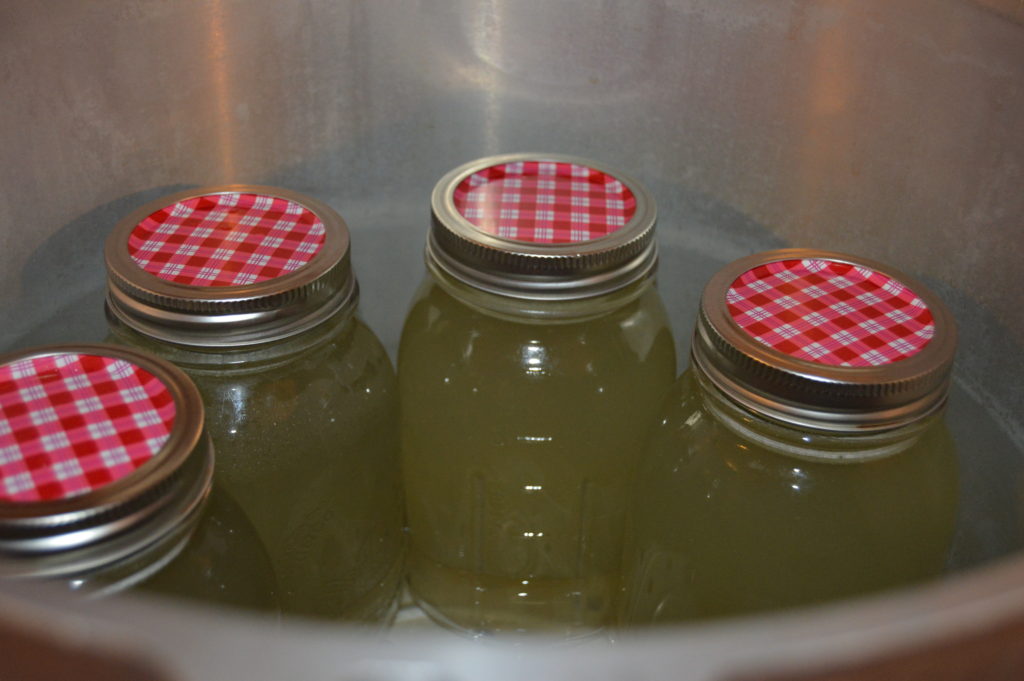
After Thanksgiving my husband strips the bird and we put the bones in a huge pot on the wood stove to simmer for several hours. I get the pot up to temperature on the gas stove then transfer it to a trivet on the wood stove where it will sit and get happy. I then can the rich broth to use all winter as a base for soups and stews. If you don't can please make broth anyway and freeze it. Homemade is so much better than what you can buy in the store. I can mine with no salt so I can season each soup or stew that I make with it to my liking. I make broth every time I make chicken too. This yields just enough broth of one batch of soup. Usually I end up making my Tortilla Soup with that since it also uses the left over chicken in it. I'll give you that recipe in another post.
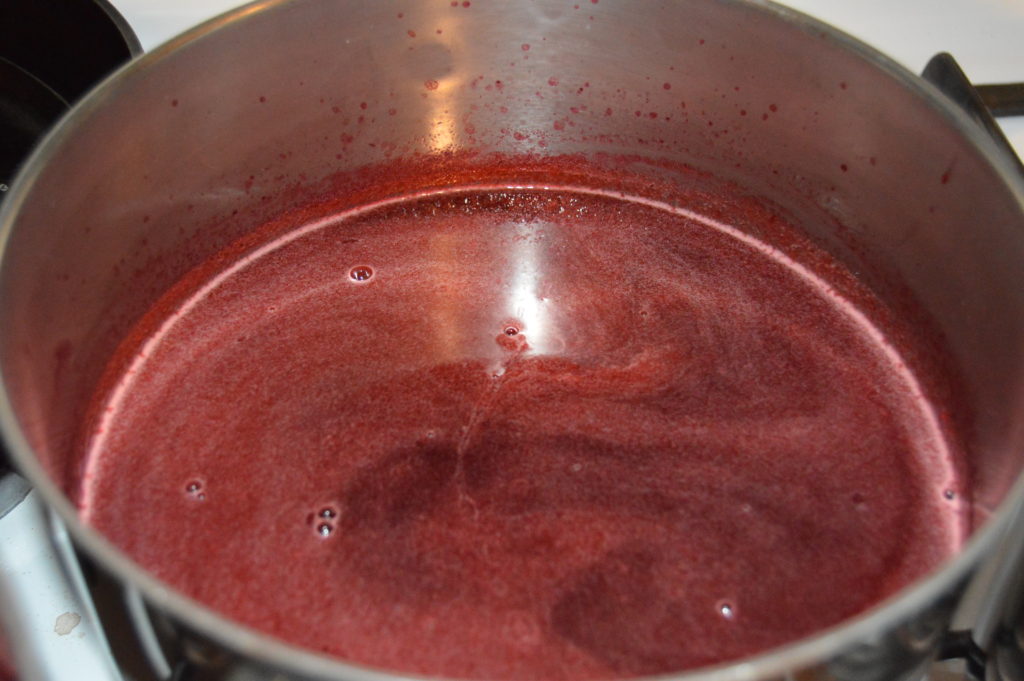
I had been collecting juice from a triple berry mix (raspberries, strawberries, blueberries) for several months and freezing it. Now it was time to make jelly with it. Earlier I had made a delicious apple pie jam that I found a recipe for. It is low in sugar so the flavor of the apples really comes out. I also made a jam with my ground cherries. I just used the recipe in the box of pectin for berry jam.
After I finished the Triple Berry Jam I canned it is 4 oz. jelly jars and created a cute label for the top. These became Christmas gifts added to bags with home made fudge and cereal mix. It is so fun to make and give gifts from your kitchen.
My husband and I have been talking about a big project for next summer. We do not have a basement therefore not a root cellar or any real cold storage space. I use our spare room for our pantry and in the winter with the door closed it is really cool but that is not the case in the summer. Summer and fall are our times when the cold storage is really needed especially when we butcher and process our poultry. For years we have put them in big bins with ice but when you are processing close to 50 birds that is a lot of ice. So we are looking into building a cold room.
The Ripley's, the young couple that we get our CSA from at Ripley Farm, have one for their produce so we started to do some research. Come to find out the company that makes the device that turns a regular window air conditioner into one that will keep a room at around 40 degrees, CoolBot, has plans for building the rooms right on their website. This might be a multi year project since we will have concrete poured for the foundation and then build the room. We are planning on attaching it to the back of the garage so we can enter it from inside the garage. No outside entrance means we don't have to keep the snow shoveled from in front of the door.
Not only are we planning to use it for the keeping our meat cool during processing but we want to make it into a year round cold storage where the canned goods and root cellar items could be stored. The room will be super insulated and will be located where there will not be too much direct sun hitting it so our hope is that except for when we have meat cooling we will have to turn on the air conditioner very little. There may also need to be a small heating element during the winter so that stored food does not freeze during the winter. I'll try to keep you updated at things progress.
It has been nice getting updated. I know the posts have not been very regular lately. Between my and my husband's crazy schedule it has been a challenge. I hope to be better in this new year of 2017.
Visit with you soon.
Blessings,
Merrie
